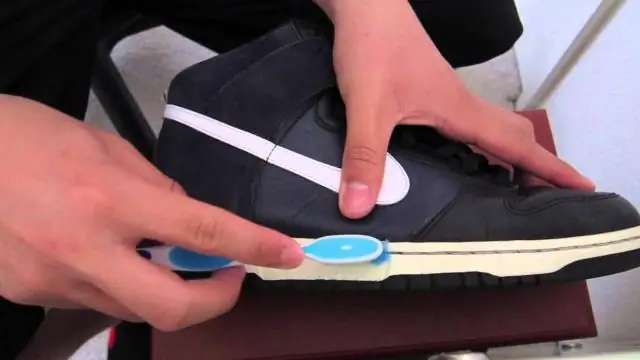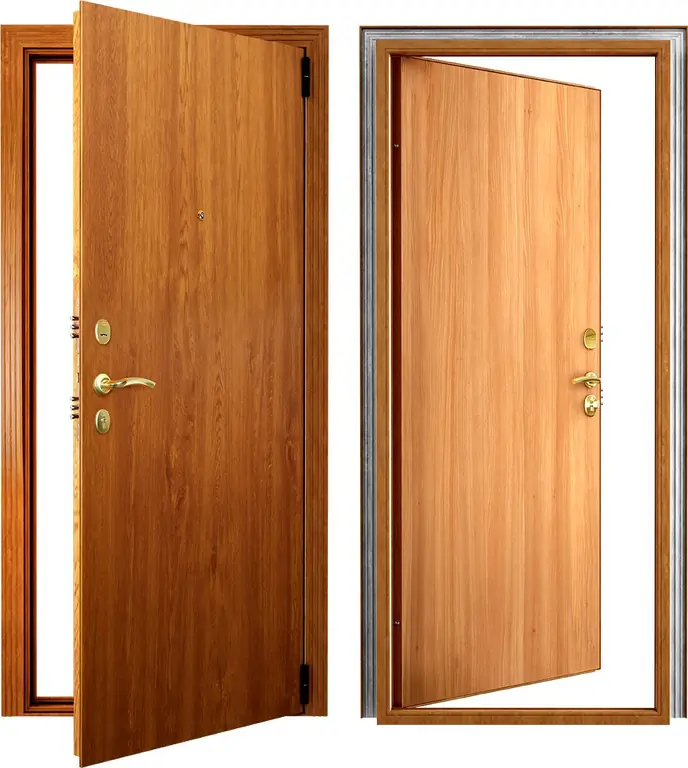
Table of contents:
- Author Bailey Albertson [email protected].
- Public 2023-12-17 12:53.
- Last modified 2025-01-23 12:41.
How to wisely select heating batteries for a house or apartment. Comparative characteristics of radiators

When starting repairs in your apartment, or starting finishing work in a private house, the question of choosing and replacing heating radiators clearly arises. If earlier with the question of how to choose heating radiators everything was simple: either standard cast iron or welded from a round pipe, now, with a huge variety of proposals, it is already worth considering this issue.
Initially, radiators are designed to maintain a certain comfortable temperature in a heated room. Taking into account our Russian climatic conditions, this is at least 3 months in the southern regions and 8-9 months in the Far North. And, based on the fact that heating batteries are installed inside the room, i.e. are an integral part of our interior design, many people approach the choice of heating radiators purely from an aesthetic point of view.
And this, on the one hand, is the right approach, but there are many parameters that must be taken into account when asking how to choose heating radiators. And if you don't, you can get in huge trouble. After all, for example, in high-rise buildings in the heating system there is very high pressure and, well, just a very dirty coolant. Can you imagine what would happen if the heating batteries burst?
There are several parameters to consider when choosing radiators
- Working pressure in the heating system;
- The quality of the coolant (its purity);
- Coolant temperature;
- Heating radiator design.
Advantages and disadvantages of different types of batteries
Now our market there are several types of radiators - aluminum sectional radiators, Bimetallic sectional, battery steel panel and all the familiar - iron (slightly modified). Each of these types has its own advantages and disadvantages. In this regard, we will consider each type in stages.
1. Aluminum sectional heating batteries

Positive aspects of their application:
- made of aluminum, a material with very good thermal conductivity. As a result, they very quickly take heat from the coolant and just as quickly give it to the environment;
- have a relatively small mass;
- due to the large area of the fins, they have very good heat transfer;
- the shape of the ribbing favors the creation of convection flows;
- have a very good aesthetic appearance and a reasonable price;
- sections of various heights are produced (center-to-center holes from 300 to 800 mm);
- easily assembled from sections into a battery of the required length, which favors their adaptation to any room.
Along with a very large list of positive aspects, there are also negative ones:
- aluminum batteries do not withstand very high pressure (operating pressure up to 6 atmospheres, maximum pressure during pressure testing - 16 atmospheres);
- water shocks and sudden changes in pressure, which are very often in heating systems of high-rise buildings, are especially destructive for aluminum batteries;
- aluminum batteries are very sensitive to the purity of the coolant and its chemical composition. With increased acidity, a strong internal corrosion process begins, even in spite of modern methods of anti-corrosion treatment during manufacture.
2. Bimetallic sectional heating batteries
Bimetallic heating radiators in appearance practically do not differ from aluminum radiators. Their main difference is in the internal structure. Basically, bimetallic batteries are metal batteries lined with aluminum. The heat carrier flows through metal channels and gives off heat energy to aluminum and then to the environment.

Positive aspects of their application:
- as well as aluminum radiators have an excellent aesthetic appearance;
- have good heat dissipation;
- withstand high operating pressure (up to 35 atm., pressure testing - up to 52 atm.);
- thanks to the metal core, they are not sensitive to poor quality coolant;
- produced in sections and with different center distances, which allows them to be adapted to the installation conditions;
- have a long service life (up to 20 years).
The only drawback of these radiators (batteries) heating (in my opinion) is their high price. Compared to aluminum radiators, they are 15-25% more expensive.
3. Steel panel radiators
This type of heating devices consists of two stamped sheets (from 1.1 to 1.25 mm thick), welded together. The form of stamping allows to obtain internal passage channels through which the coolant flows. Section height from 250 mm. up to 900 mm., with a length of 400 mm. up to 3000 mm.

Positive aspects of their application:
- the best price from the entire segment of heating devices on the market;
- simplicity of construction;
- good heat dissipation due to the large battery area;
The disadvantages include:
- they are afraid of the poor quality of the coolant (corrosion begins);
- work at a relatively low pressure (working pressure 6-8.5 atm.);
- are produced in standard sizes, and as a result it is impossible to increase or decrease the section area without replacing the entire battery.
4. Cast iron radiators
Pig-iron radiators for heating probably everyone knows, since they were practically the only batteries in recent times. Cast iron is a very practical material that is not very sensitive to the quality of the coolant, it can withstand high pressures in the system. Currently, radiators (batteries) with a more modern design have appeared.

Positive points:
- due to their large mass, they have a high heat capacity and remain warm for a very long time, even after the heating is turned off;
- work at a coolant temperature up to 130˚;
- adapted to the aggressive medium of the heat carrier;
- withstand high pressure (operating - 9 atm, crimping pressure -16 atm.);
- relatively low cost;
- service life (up to 50 years).
The disadvantages include the following:
- do not withstand water hammer, due to the fragility of cast iron;
- painting and broaching is required before installation;
- painting is required after a certain time of use;
- very large mass of the assembled radiator;
- not a very decent design.
Thus, analyzing all the pros and cons of the presented heating batteries, and answering the question of how to choose heating radiators, we can draw the following conclusion:
For a private house with an autonomous heating system and a controlled coolant from the aesthetic, practical side and to save money, aluminum radiators are definitely suitable.
If you plan to use radiators in a multi-storey building with a centralized heating system, it is better to overpay a little and purchase bimetallic batteries so that you are not afraid of rupture and internal corrosion of the sections.
If you need to heat a garage, warehouse or office space, then the best choice would be to purchase steel panel radiators.
PS Small video: How to choose heating radiators
Best regards, Vladislav Ponomarev.
Recommended:
How To Plant Dill And Parsley In The Country And How To Grow Them Correctly, Video

Useful tips for planting and growing dill, parsley. Seed preparation, correct soil treatment
How To Bleach The Soles Of Sneakers, Clean Them On Sneakers Or Other Shoes, Wash Them To White Using Various Methods + Photos And Videos

Shoes with white soles (sneakers, sneakers, etc.) - how to clean them quickly and easily. How to preserve the result after cleaning and protect it from dirt
Lychees In The Store: When They Appear, Including In Auchan, How To Choose Them Correctly

When the lychee season begins. Is it possible to buy lychee all year round. What determines their appearance in the store. How to choose delicious lychees
What Does The Left And Right Door Mean, What Is The Difference And How To Define Them Correctly

What does the left and right door mean and how to distinguish them from each other. Definition of door type and options for examples of each type
Whiskers In Cats And Cats: What Are They Called Correctly And Why They Are Needed, What Will Happen If You Cut Them And Why They Fall Out Or Become Brittle

Features of the structure of the mustache in cats. What are they called and where they are located. What functions do they perform. What problems can a cat with a mustache have? Reviews
